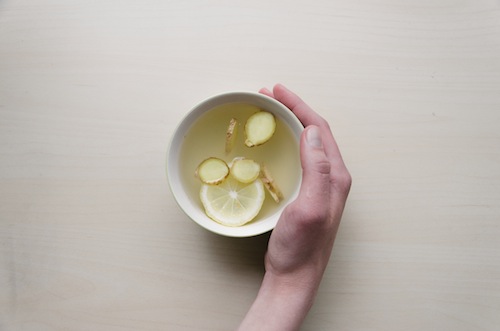The magic of ginger
India is the largest ginger producer, with 33 per cent production, followed by China with 20 per cent and Nepal with 12 per cent.

There are over 1,200 forms of ginger, but only a few types are suitable for human consumption.
It has a variety of medicinal forms with numerous healing suggestions, for example ‘Jamaica ginger’ was classified as a stimulant and was regularly used to treat dyspepsia, gastroparesis and constipation, as well as disguising the taste of regular medicines.
Recently, studies have indicated that ginger may provide short-term relief of nausea and vomiting in pregnancy. It may also be effective in treating other forms of nausea and is believed to be a treatment for pain in osteoarthritis or muscle injury. This, however, has not been proven.
Ginger is also a known folk remedy for the common cold. Throughout the world, ginger is brewed as a tea and recommended when feeling under the weather. Ginger ale and ginger beer are also commonly recommended.
A number of scientific studies have supported the traditional treatment of using ginger to help with inflammation. For example, in India it is made into a paste and applied to the temples to relieve headaches. While in Indonesia, it is commonly used as a herbal remedy to reduce tiredness and help prevent rheumatism.
The Food and Drug Administration in the US have also classed ginger as a safe remedy to help prevent symptoms of motion and morning sickness. In addition, ginger can clear the ‘microcirculatory channels’ of the body, including the sinuses.
Do it yourself
Add ginger to your recipes or drink it in a tea. You can purchase ginger tea infusions in most supermarkets.
Ginger and the Root Chakra
Ginger is considered to heal the Root Chakra (the base of the spine) and is thought to assist those who need self-confidence and an increase in motivation.
History
Ginger has a history reaching back 5,000 years to when the ancient Chinese and Indians considered it a root for all illness. Ginger is also an aphrodisiac; the Romans even used it when they received the spice from India up to 4,000 years ago.
Whilst ginger has been used for medicinal purposes for thousands of years, only recently has it become more valued for its taste.
Today ginger is cheap and available, both pre-cut and prepared or as the natural root. Back in the 14th century however, 500g of ginger would have cost you a sheep.

Find a therapist dealing with Herbalism
All therapists are verified professionals


-1625766381-featured.jpg)